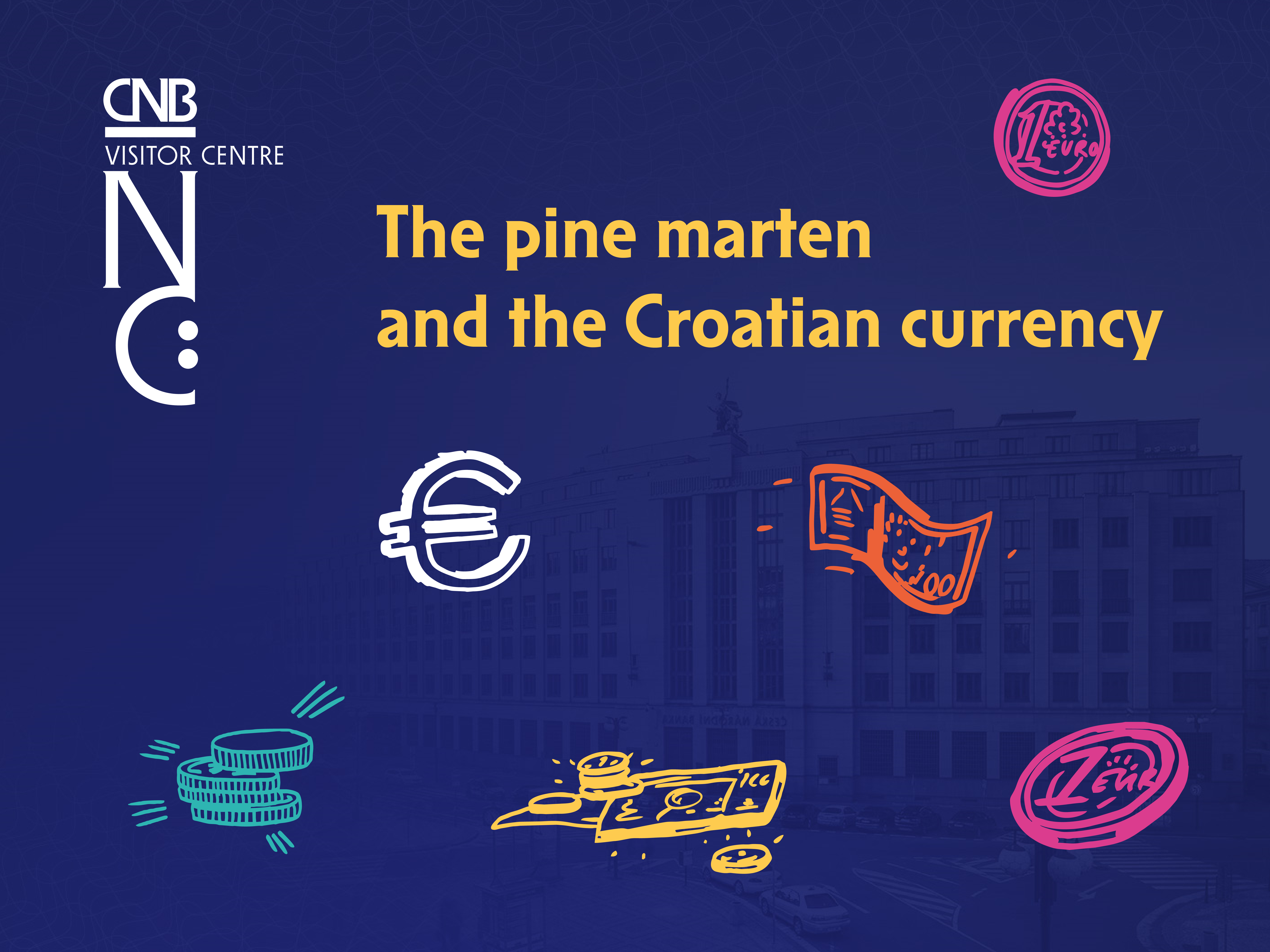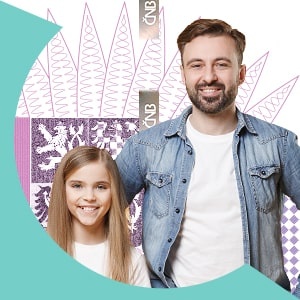The pine marten and the Croatian currency

Some of the world's currencies were named after the objects that were used as payment long ago, before the advent of coins. Back then, people generally traded in things from the animal kingdom. For example, the name of the currency of Guatemala is the quetzal. The crested quetzal (Pharomachrus mocinno) is the country's national bird, and long ago its feathers were used in trade. Papua New Guinea's currency, the kina, and Ghana's currency, the cedi, are both named after types of seashells. The kuna (the Croatian word for marten) was the name of Croatia's currency. This is a reference to the use of marten furs as barter.
As recently as the Middle Ages, furs were used as a form of payment in what is now modern-day Croatia, just as cloth was used in the Czech lands. When people no longer traded in pine marten furs, their importance continued to be alluded to on some of the silver coins (banovec or banski denar) which replaced them. These coins depicted the marten, specifically, the pine marten (Martes martes in Latin). The pine marten's significance for this area is also emphasised by its incorporation in the coat of arms of Slavonia, one of Croatia's inland regions.
The image on the banovec became the inspiration for the name of the currency of the Independent State of Croatia established during World War II. However, after the restoration of Yugoslavia, Croatia reverted to using the dinar. Even after the breakup of Yugoslavia, Croatia held on to the dinar for a further three years (1991—1994). However, its currency during that period was the Croatian dinar. In 1994, this was replaced by the kuna, which was divided into one hundred lipa (Croatian for linden tree). Interestingly, Croatian coins featured plant motifs (corn, vine, oak, tobacco, olive tree, degenia), while the notes depicted animal motifs (nightingale, tuna, bear). The image of the pine marten later appeared on the reverse side of 25-kuna commemorative coins.
Croatia adopted the euro on 1 January 2023, replacing the kuna. Traditionally, national emblems are depicted on the reverse side of euro coins. While the smallest denominations, i.e. the one, two and five euro cent coins feature a ligature of the letters H and R from the Glagolitic alphabet, created by Saint Cyril (also Constantine) and also used in Great Moravia, the larger denominations (10, 20 and 50) depict the famous Croatian scientist Nikola Tesla.
The outline of the map of Croatia is featured on the two-euro coin. You may have noticed that the one-euro coin is missing from this list. Well, that's because it bears an image of the little creature in the title.



